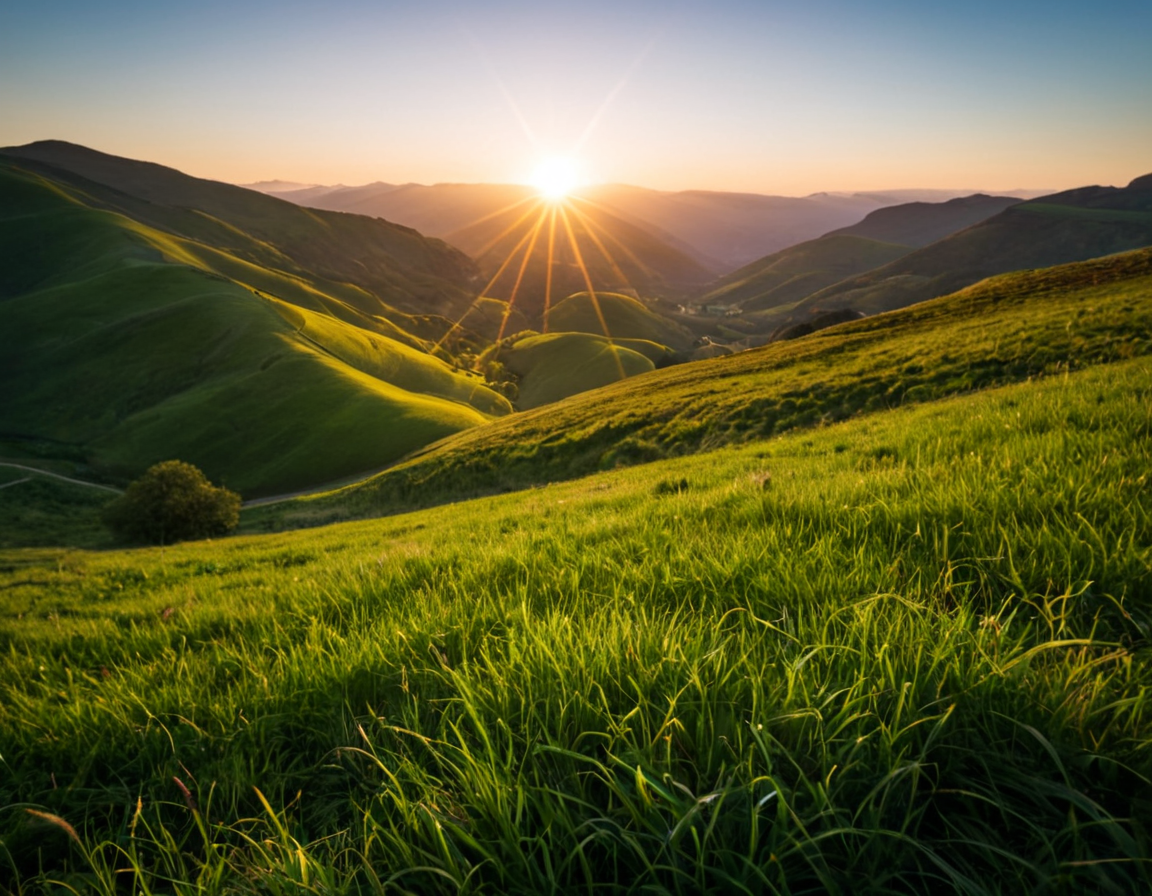Kit Lens Landscape Tips

Kit Lens Landscapes 101: Tips for Dealing with Distortion
Introduction
As a landscape photographer, you’re likely no stranger to the challenges of capturing breathtaking images of our natural world. One of the most common issues photographers face is distortion caused by kit lenses. In this article, we’ll delve into the world of kit lens landscapes and provide practical tips on how to deal with this unwanted effect.
Understanding Kit Lens Distortion
Kit lenses are known for their compact size and affordability, making them a popular choice among beginners and hobbyists. However, they’re also notorious for introducing distortion into your images. This can lead to straight lines appearing curved, and perspectives becoming skewed. The good news is that there are ways to mitigate this effect without resorting to expensive lenses.
Types of Distortion
Before we dive into the solutions, it’s essential to understand the different types of distortion that can occur:
- Barrel distortion: This occurs when straight lines appear curved outward. It’s more noticeable in wide-angle shots.
- Pincushion distortion: Conversely, this type causes straight lines to appear curved inward.
Both types can be corrected using various techniques, which we’ll explore later.
Mitigating Kit Lens Distortion
Fortunately, there are several methods to minimize the impact of kit lens distortion:
1. Shooting from a Low Angle
When possible, try shooting from a low angle. This reduces the severity of distortion and allows you to focus on capturing the essence of your subject.
2. Using a Tripod
Stabilizing your camera with a tripod helps reduce camera shake and movement, which can exacerbate distortion. It’s also an excellent way to experiment with long exposure times.
3. Cropping in Post-Processing
Many image editing software packages, including Adobe Lightroom and Photoshop, offer tools to correct for distortion. This method allows you to crop out the distorted areas and preserve the rest of your image.
4. Fisheye Lenses or Wide-Angle Adaptation
If you find yourself frequently working with kit lenses, consider investing in a fisheye lens or adapting your existing lenses to a wider focal length using extension tubes or close-up filters.
5. Shooting with a Different Lens
In most cases, it’s best to shoot with a lens that doesn’t introduce distortion in the first place. Researching alternative lenses or considering the purchase of a new lens can be an investment worth making for your photography portfolio.
Practical Examples
Let’s take a look at some real-world examples:
- Wide-Angle Shot: A landscape photographer uses a kit lens to capture a sweeping view of the mountains. However, the resulting image is marred by distortion.
- Low-Angle Shooting: Another photographer takes the same shot from a low angle, reducing the severity of distortion and producing a more pleasing result.
Conclusion
Dealing with kit lens distortion requires a combination of understanding, creativity, and technical know-how. By implementing these practical tips and techniques, you’ll be well on your way to capturing stunning landscapes that accurately represent the world around us.
Next Steps
Take some time to experiment with different techniques and see what works best for you. Remember, practice makes perfect – keep pushing yourself creatively and stay inspired by the work of others in your community.
Tags
kit-lens-landscapes distortion-tips landscape-photography natural-world-capture pristine-nature
About David Lopez
As a seasoned photographer and blogging expert, I help creatives refine their craft on lentecreativa.com. With a focus on practical tips & techniques, I inspire photographers to push boundaries and capture stunning images.
